The Freedom Riders left Washington on May 4, 1961 and traveled without incident across Virginia and North Carolina. They encountered violence for the first time at the bus terminal in Rock Hill, South Carolina when several young white males beat black riders who attempted to use a “whites only” restroom.
The Freedom Riders continued, however, and crossed Georgia without incident. When the activists reached Alabama on May 14 the attacks intensified. The Greyhound riders were met in Anniston by a mob whose members threw rocks and slashed the bus’s tires. The driver managed to drive the bus a few miles out of town. When he stopped to repair the tires, white supremacists firebombed the vehicle. For that group the Freedom Ride had ended.
The riders in the Trailways bus were also assaulted by Anniston whites. They managed to get to Birmingham where they encountered a larger mob who beat them with baseball bats, lead pipes and bicycle chains.
Infuriated by the news of the vicious assaults, Diane Nash, a member of the Student Nonviolent Coordinating Committee (SNCC), organized a new contingent of Freedom Riders in Nashville. The second group departed from Nashville on May 14 to reinforce the beleaguered CORE Riders in Alabama.
Upon their arrival in Birmingham on May 17, Public Safety Commissioner Eugene “Bull” Conner ordered his police officers to place the activists in protective custody. The following morning law officials transported the riders back to the Tennessee state line, leaving them on the side of the highway. Instead of abandoning the campaign, Nash led the resilient activists 100 miles back to Nashville to regroup.
On May 20, the Nashville riders were back in Birmingham where there were no incidents. Then all of the Freedom Riders traveled on to Montgomery where a mob of men, women and children carrying baseball bats, tire irons and bricks met them at the terminal. As the riders departed from the bus, the angry gang swarmed, beating the passengers. They attacked SNCC activists John Lewis and Jim Zwerg, who both sustained severe injuries. When White House observer John Seigenthaler attempted to protect two of the Freedom Riders, Susan Wilbur and Susan Hermann, an attacker knocked him unconscious.
The nationally televised attack strengthened the resolve of the Freedom Riders. James Farmer arrived to personally lead the rest of the group to Jackson, Mississippi. Law enforcement officials protected them as they traveled across the state. Once in the bus terminal in the Mississippi capital, Jackson city police arrested all of the demonstrators for violating a recently passed breach of the peace statute. They were convicted and fined $200 each. When the riders refused to pay, the judge sentenced them to 90 days in jail.
In an effort to intimidate the marchers, Mississippi officials transferred the now nearly one hundred men and women freedom riders to the state penitentiary at Parchman where they were subject to beatings and inedible food and repeatedly strip searched. Prison officials confiscated the blankets and mattresses of all of the activists. When other demonstrators arrived in Jackson they were also arrested and sent to Parchman where they faced similar conditions. By the end of the summer over 300 women and men were incarcerated there.
The Freedom Riders failed to reach New Orleans, Louisiana. However the international attention their efforts received forced Attorney General Robert Kennedy to petition the Interstate Commerce Commission (ICC) to outlaw segregation in interstate travel. Unlike the earlier Supreme Court rulings which segregationists largely ignored, the ICC immediately imposed sanctions and penalties for the violation of its order. On November 1, 1961, the new order went into effect across the nation.
The Freedom Rides illuminated the courage of black and white youth and highlighted the leadership of Diane Nash. The Freedom Rides also inspired rural southern blacks to embrace civil disobedience as a strategy for regaining their civil rights. That inspiration would be seen in subsequent campaigns such as Mississippi’s Freedom Summer in 1964 and the Selma Movement in 1965 as well as in dozens of much less heralded efforts to register to vote or to integrate the region’s public schools.
– See more at: http://www.blackpast.org/aah/freedom-rides-1961#sthash.j9e70Hat.dpuf





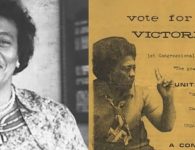
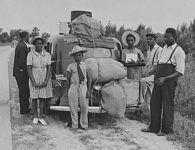

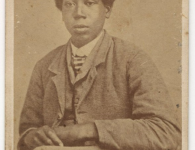
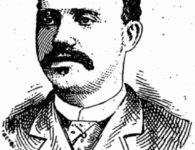
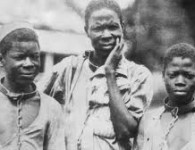

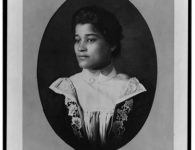
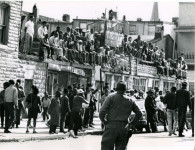



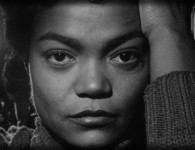

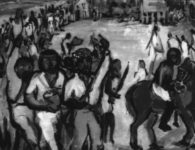

1 Comment
Hi, If you are willing to drive routes that are dangerous, or carry expensive or dangerous loads, you will be compensated accordingly. These trucking jobs aren’t for everyone, and you must have a specialized skill and knowledge base. You must also be comfortable with the risk. Here are some prime examples of trucking jobs that pay more for the associated risks and requirements.